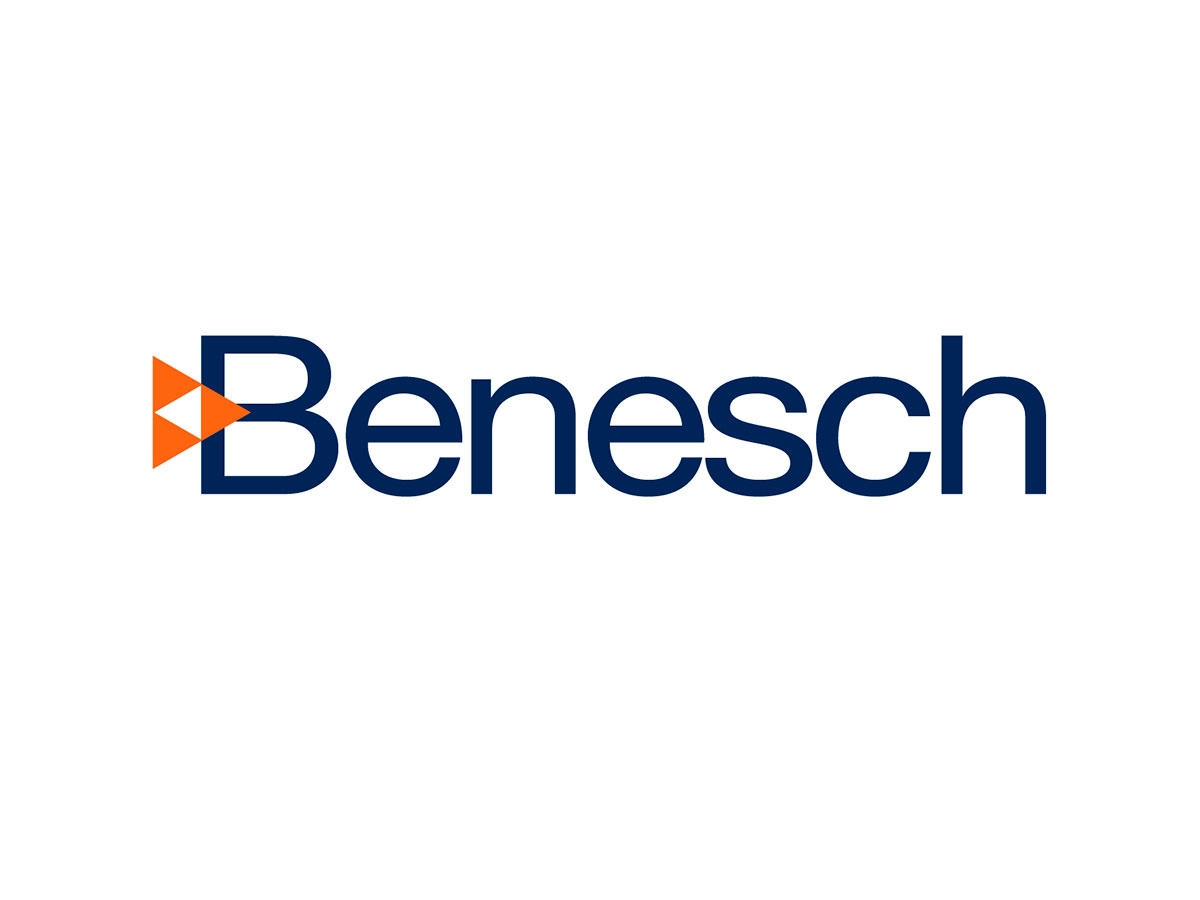PTAB Spotlight Series with Lestin Kenton | Sterne, Kessler, Goldstein & Fox P.L.L.C.
In our PTAB Spotlight Series, attorneys will share their valuable insights on PTAB practice today, the challenges and opportunities clients face, and the trends practitioners should follow.
Lestin L. Kenton, Jr. is a director in Sterne Kessler’s Electronics Practice Group. He focuses on many aspects of intellectual property law, with extensive experience practicing before the Patent Trial and Appeal Board, challenging and defending already-issued patents. Lestin has served as an advisor to associates participating in the PTAB’s Legal Experience and Advancement Program (LEAP) and is a contributing author of Patent Office Litigation, Second Edition, published in 2017, which provides a fresh and comprehensive exploration of patent office litigation proceedings, including how the proceedings interact with other aspects of patent procurement and enforcement, while delivering practical analysis and advice. He has led the firm’s PTAB Roundtables since 2014 and has been an adjunct professor at George Mason University Antonin Scalia Law School since August 2021, teaching PTO litigation.
What are some recent trends you’re seeing at the PTAB?
During 2023, we saw two noteworthy trends at the PTAB. First, we saw Director Vidal exercising her power through the designation of precedential decisions and director reviews. One of Director Vidal’s stated primary goals was to achieve certainty, consistency, and efficiency at the PTAB—a viewpoint shared and applauded by many stakeholders. And 2023 saw five decisions designated as precedential and 23 director reviews—including 21 sua sponte director reviews. I think we will continue to see Director Vidal strive to promote confidence in the PTAB through such actions.
Second, we continue to see additional data points added to the obviousness rationale analysis. Obviousness has been one of the most contested issues since the inception of the PTAB, and last year, the Federal Circuit provided additional help to further define the proper obviousness inquiry. For example, in Intel Corp. v. PACT XPP Schweiz AG, we saw the Federal Circuit reverse and remand the Board’s final written decision—finding that the Board improperly rejected evidence of a “known-technique” rationale as a basis for a motivation to combine (“It’s enough for Intel to show that there was a known problem of cache coherency in the art, that Bauman’s secondary cache helped address that issue, and that combining the teachings of Kabemoto and Bauman wasn’t beyond the skill of an ordinary artisan.”). Legal battles over obviousness will not slow down and we can expect to see further clarity provided by both the Board and Federal Circuit in the future.
What is the biggest challenge your clients are facing today?
I think one of the biggest challenges facing clients is determining whether to fight their invalidity battle at the PTAB or in district court and/or before the International Trade Commission (ITC). Filing a post grant proceeding at the PTAB raises estoppels if trial is instituted and reaches a final written decision. As articulated in California Institute of Technology v. Broadcom Ltd., the current estoppel standard states that IPR estoppel applies to “all grounds not stated in the petition but which reasonably could have been asserted against the claims included in the petition.” Thus, a PTAB proceeding may represent the one chance a party may have to challenge a patent’s validity using patents and written publications. Therefore, when filing a post grant proceeding, clients should make every effort to find the absolute best prior art and craft the best possible grounds. Then, they must weigh raising that invalidity challenge at the PTAB versus raising it at the parallel litigation venue. Notwithstanding, the PTAB remains the most efficient mechanism for challenging the invalidity of a patent when there is a parallel district court or ITC proceeding.
What areas of reform are on the horizon at the PTAB?
Through Director Vidal’s efforts, 2023 saw a myriad of Director Reviews, precedential decisions, and clarification by the Board of rules and procedures. We can expect more of that in 2024 as the PTAB continues to update its regulations and procedures.
Additionally, the Promoting and Respecting Economically Vital American Innovation Leadership (PREVAIL Act) was introduced by Congress during the summer of 2023. The PREVAIL Act calls for a number of reforms at the PTAB, including, but not limited to:
- Creation of a standing requirement for IPR petitioners
- Applying estoppel when a petition is filed as opposed to when a final decision issues
- Preventing parallel litigation of invalidity at the PTAB and in the district court.
While the jury is still out on what portions, if any, of the PREVAIL Act will be passed, it is sure to result in continued discussions on how to bring more certainty and fairness to the PTAB.






